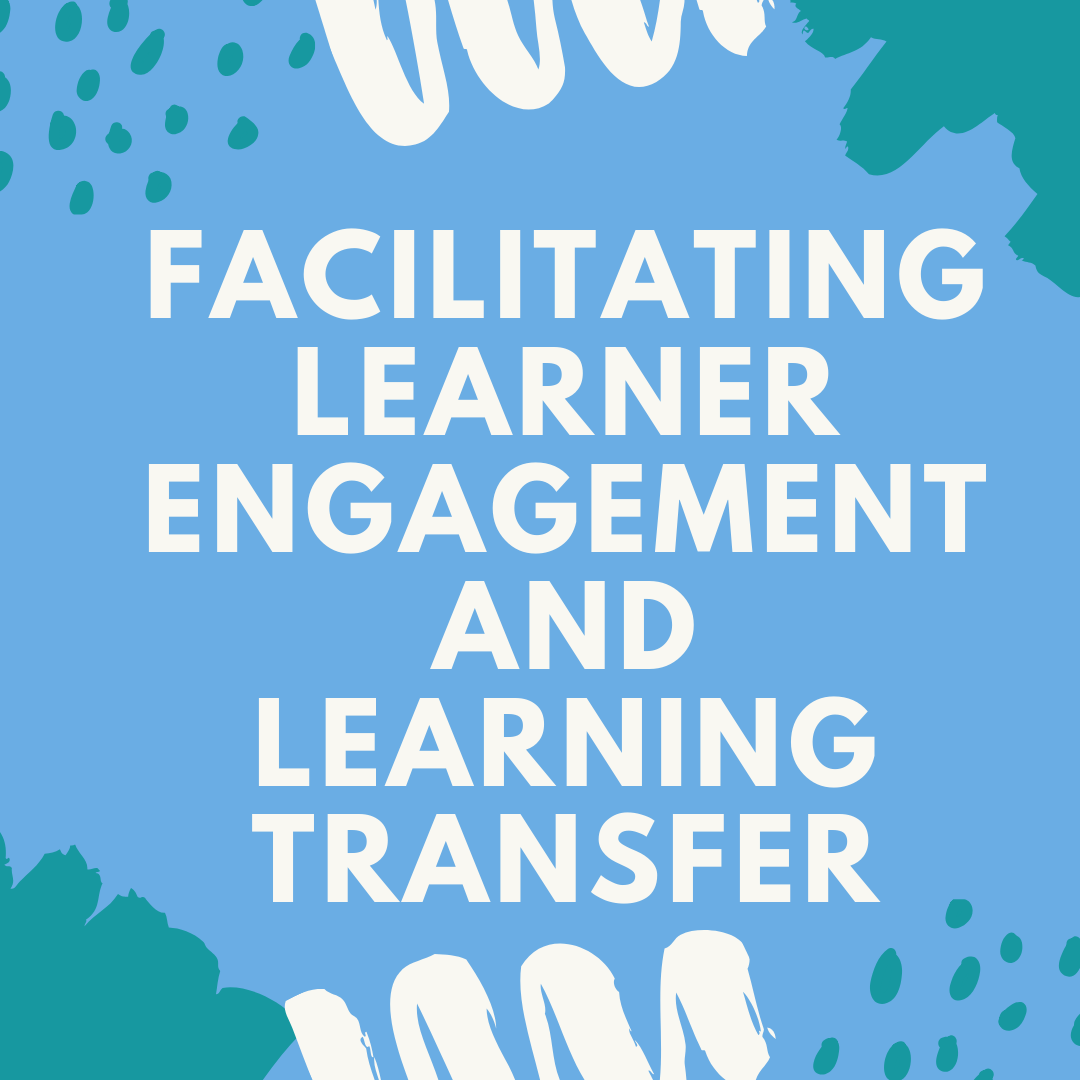1 min read
What Is a Virtual Classroom Facilitator and What Role Do They Play?
Why L&D Needs To Ensure the Virtual Delivery Team is Fully Skilled & Competent The Virtual Facilitator is often seen as the ‘face’ of the virtual...

Facilitation isn’t just a skill—it’s a game-changer for creating learner-driven experiences that leave an impact. But what exactly makes facilitation the secret sauce of effective training? Let’s dive into the art and science of facilitation and how it’s transforming today’s learning environments.
Facilitation is the process of guiding learning experiences to shift the focus from simply delivering content to creating an environment where learners actively engage, explore, and apply knowledge. In a training context, facilitation emphasizes learner-centered approaches, ensuring participants take charge of their learning journey.
Unlike traditional instruction, facilitation prioritizes collaboration, critical thinking, and adaptability over rote memorization. Facilitators encourage inquiry, foster connections, and ensure learners see the real-world relevance of what they’re learning.
Want to create impactful learning experiences? Discover how facilitation can transform your training programs with InSync's Facilitation Mastery Certification.
Traditional training often centers around transferring knowledge from instructor to learner. Facilitators, however, take a different approach—they’re the “Guide on the Side” rather than the “Sage on the Stage.” This shift means facilitators actively support learners in asking questions, critically analyzing information, and co-creating solutions.
By leveraging frameworks like inquiry-based learning and the InQuire Engagement Framework, facilitators design experiences that go beyond “teaching” to actively involve participants. For instance, a facilitator might introduce a real-world scenario and encourage participants to collaborate on solving it, blending problem-solving with active learning.
Curious how inquiry-based learning and the InQuire Engagement Framework can revolutionize your sessions? Explore our proven facilitation strategies through our Facilitation Mastery certification.
Facilitation is especially effective because it aligns with core Adult Learning Principles, ensuring training is:
By prioritizing engagement and reflection, facilitation supports adult learners in building deeper connections with material and applying new skills effectively.
Take, for example, a recent hybrid training session. A facilitator used collaborative whiteboarding to encourage shy participants to share ideas visually. This approach not only addressed varying comfort levels but also balanced emotional and environmental engagement, creating a space where all participants could contribute meaningfully.
At the heart of facilitation lies the InQuire Engagement Framework™, which emphasizes three dimensions of engagement:
Facilitators applying this framework craft dynamic experiences that drive deeper understanding and collaboration.
Take your facilitation to the next level. Learn about our InQuire Engagement Framework™ here to see how intellectual, emotional, and environmental engagement work together.
Virtual facilitators play a critical role in online training. They are responsible for managing multiple aspects of live virtual learning, such as:
For instance, in a virtual session on leadership skills, a facilitator might divide participants into breakout rooms to role-play scenarios and then debrief as a group to connect insights to real-world application. This process combines collaboration, application, and reflection seamlessly.
Successful facilitators exhibit essential qualities such as:
These skills enable facilitators to create inclusive, interactive, and learner-driven environments—whether in person or online.
Facilitation transforms training from passive content delivery into an active, learner-centered experience. This approach helps participants:
Through facilitation, learning becomes a partnership that empowers individuals and teams to thrive.
Don’t just deliver training—transform it. Partner with InSync to create facilitation experiences that engage, inspire, and drive results.
Are you ready to embrace the power of facilitation in your training programs? Contact us to explore our workshops, tools, and facilitation certifications.

1 min read
Why L&D Needs To Ensure the Virtual Delivery Team is Fully Skilled & Competent The Virtual Facilitator is often seen as the ‘face’ of the virtual...

What makes a virtual classroom facilitator good at what they do? Clients and learners ask us this question regularly. Heck, we ask ourselves this...